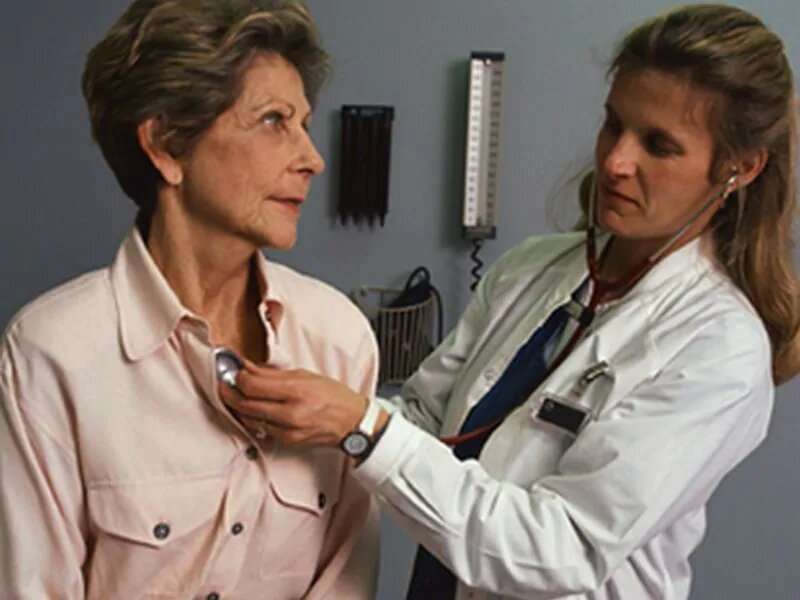(HealthDay)—The risk for arrhythmic conditions can be identified quickly among patients with syncope presenting to the emergency department, according to a study published online Jan. 21 in Circulation.
Venkatesh Thiruganasambandamoorthy, M.B.B.S., from the University of Ottawa in Ontario, Canada, and colleagues conducted a prospective cohort study enrolling adults presenting to six emergency departments within 24 hours of syncope. A total of 5,581 patients were followed for 30 days for a primary outcome of serious arrhythmic conditions.
The researchers found that 7.5 percent of patients suffered serious outcomes, and 3.7 percent of these patients were arrhythmic. Overall, 73.9, 19.0, and 7.1 percent were classified as low-, medium-, and high-risk, respectively, according to the Canadian Syncope Risk Score (CSRS). The CSRS accurately stratified patients as low-, medium-, and high-risk, with 0.4, 8.7, and 25.3 percent, respectively, suffering an arrhythmic outcome. In low-risk patients, half of arrhythmic outcomes were identified within two hours of emergency department arrival; for medium- and high-risk patients, half of arrhythmic outcomes were identified within six hours. After these cut points, the residual risk was 0.2, 5.0, and 18.1 percent for low-, medium-, and high-risk patients, respectively. Among medium- and high-risk patients, 91.7 percent of arrhythmic outcomes, including all ventricular arrhythmias, were identified within 15 days.
"Underlying arrhythmia is most often identified in the first two hours for CSRS low-risk patients, and in the first six hours for CSRS medium- and high-risk patients," the authors write.
More information: Abstract/Full Text (subscription or payment may be required)
Journal information: Circulation
Copyright © 2019 HealthDay. All rights reserved.
























